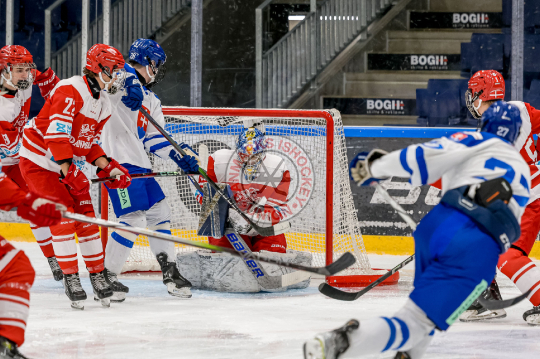Acting, in Shakespeare’s time, was a strictly male affair. An all boys’ club. For an Elizabethan woman to exhibit herself in public, not to mention on stage, was unseemly, immoral and highly indecent. Even the most feminine and romantic role of Juliet Capulet, one of Shakespeare’s most renowned female characters, was played by a cross-dressing boy. Ironically, this form of gender bias served to challenge the boundaries of restrictive gender roles. It raised the issue of whether being accepted as a man or woman lies in the performance of gender. At the same time, Shakespeare dramatised many faces of womanhood, not just a delicate modest one. His female characters often rebelled against a social structure largely determined by men.
How did Shakespeare actually come to write what was his last play – no, not The Tempest, but The Two Noble Kinsmen, a play published posthumously that he co-wrote with Jacobean playwright John Fletcher – and how were his female characters involved? This is the mystery Barry McKenna and Ian Burns creatively clarify in their upcoming production, Shakespeare’s Women. The piece will be the continuation of an experiment that director Barry McKenna started in 2008 with his award-winning Flammens Muse, which focused primarily on the words and situations of Shakespeare, leaving elaborate costumes and settings aside. Shakespeare Unplugged, last year’s production, which was co-written by Burns and McKenna, created an even more unique theatre experience in which audience members were invited onstage to take an active role as Shakespearean characters. This year’s piece, Shakespeare’s Women, explores Shakespeare’s own artistic struggles.
Shakespeare’s Women opens shortly after the devastating fire on 29 June 1613 in the Globe Theatre, which went up in flames after a cannon was fired for special effects during a performance of Henry VIII.
Shakespeare, having retired to his hometown, Stratford-upon-Avon, is ushered back to London to write a play for the reopening of his theatre. He lives at The Elephant on the South Bank, a pub surrounded by brothels, other pubs, and the executioner’s square. He attempts to make Chaucer’s The Knight’s Tale from The Canturbury Tales his own, turning to his earlier plays and previous female creations for inspiration, yet he himself is burnt out.
“Records of Shakespeare’s life are hard to come by and we thought it would be fun to try and put ourselves in his shoes,” writes Burns, who himself will be playing Shakespeare. “The task of writing anything under pressure is something any writer recognises. We hope that our play will give a little insight as to what might have happened in London in March 1614.”
Shakespeare experiences visions of notable female characters from his previous works, which pushes him to create yet again. These women, including Ophelia, Cleopatra, Perdita, and Juliet, answer Shakespeare’s queries throughout his writing of The Two Noble Kinsmen. His nurse from Stratford − who cares for him throughout his battle with a serious illness, likely syphilis − also encourages and guides him through his quest for the comedy and magic that once came easily.
This 75-minute That Theatre Company production plays on memory and imagination. It will leave Shakespeare enthusiasts scrambling to place references from a plethora of Shakespeare’s works and leave lovers of the English language properly satisfied.
Shakespeare’s Women
Krudttønden, Serridslevvej 2, Cph Ø; starts Wed, ends March 23, performances Mon-Fri 20:00, Sat 17:00; www.that-theatre.com












